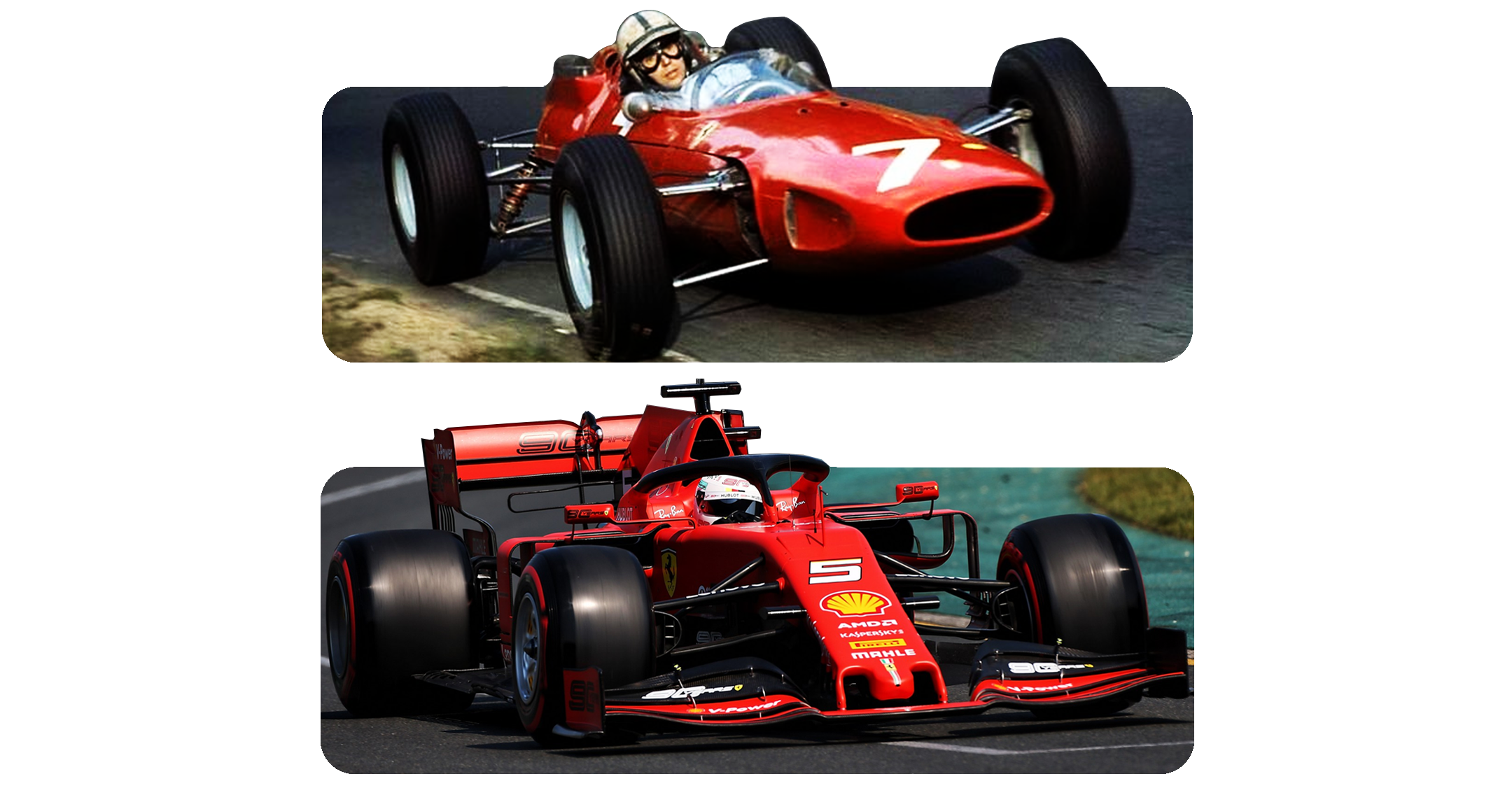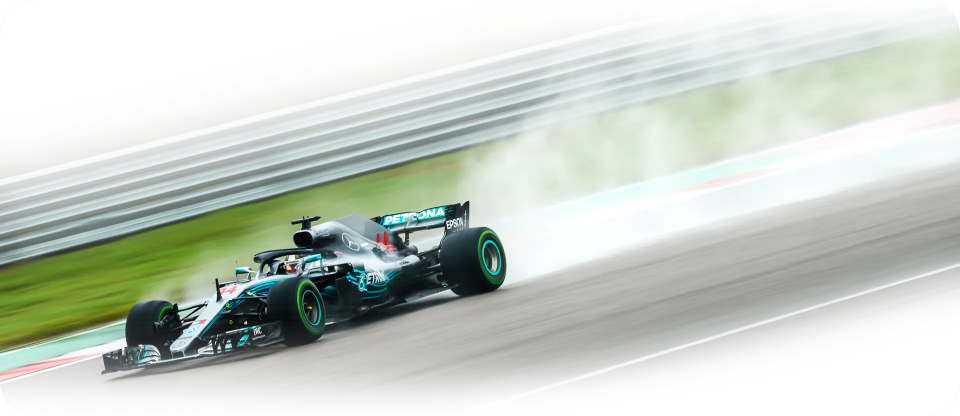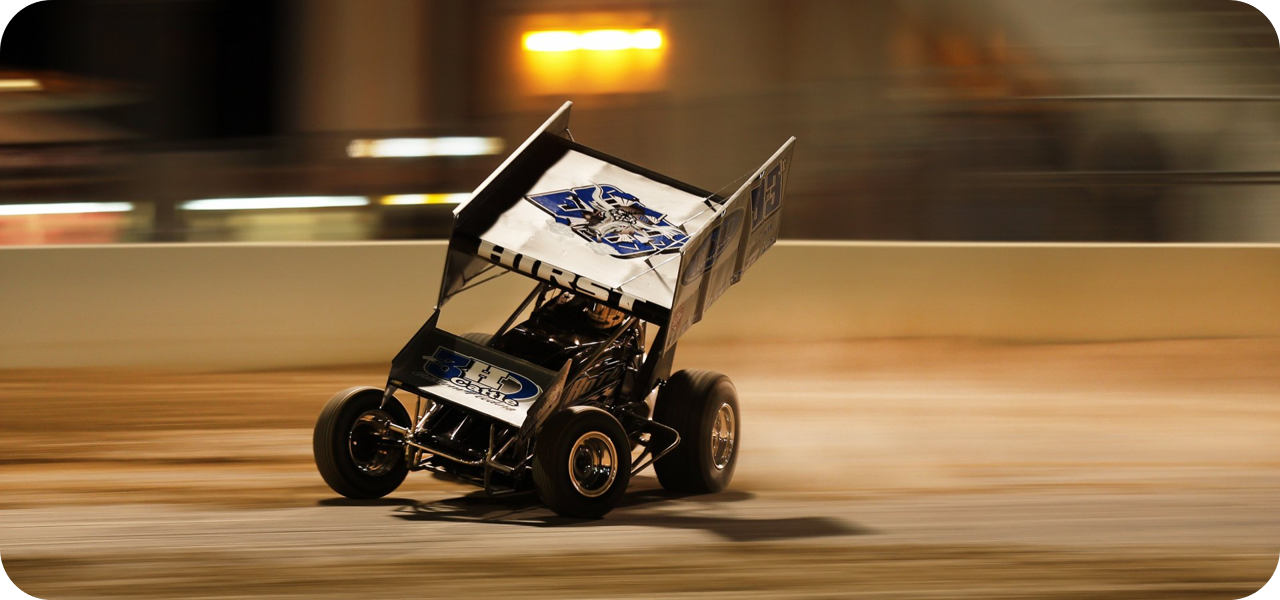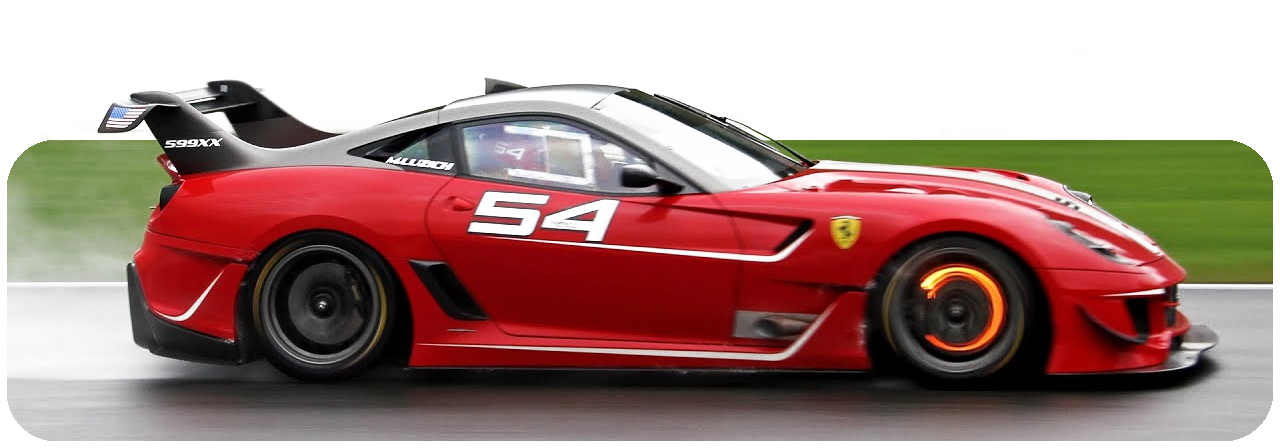Motorsport Aerodynamics Overview #
In 1970, the Ferrari Formula One team was staffed with less than 50 team members. Now, in 2021, it has well over 1,000. This statistic reflects the evolution of motorsport over the late 20th century. It has evolved past its humble beginnings into a highly engineered contest, a content in which the driver is just a fraction of the equation.

The Ferrari 512 F1 and Ferrari SF90.
The advancement of the aerodynamics is immediately apparent. Engineers design increasingly intricate bodywork to gain incremental advantages, and racing organizations commit billions of dollars in developing new methods & processes.
The design process of an aerodynamics package is complex. This article explores the many competing objectives that teams must balance to succeed.
I - Performance #
Performance discusses how aerodynamic development expands the performance envelope of a car.

Wake of the 2018 Mercedes W09 visualized with water vapor. Photo courtesy of RIP SHAUB
II - Stability #
Stability discusses the various challenges presented by man and environment on the machine.

Sprint car competing in the World of Outlaws series. Photo courtesy of Larry Chen of Speedhunters.
III - Reliability #
Reliability discusses the role aerodynamicists play in getting the car to the checkered flag.

Brake rotors of the Ferrari 599XX glowing red hot. Photo courtesy of Gumbal.